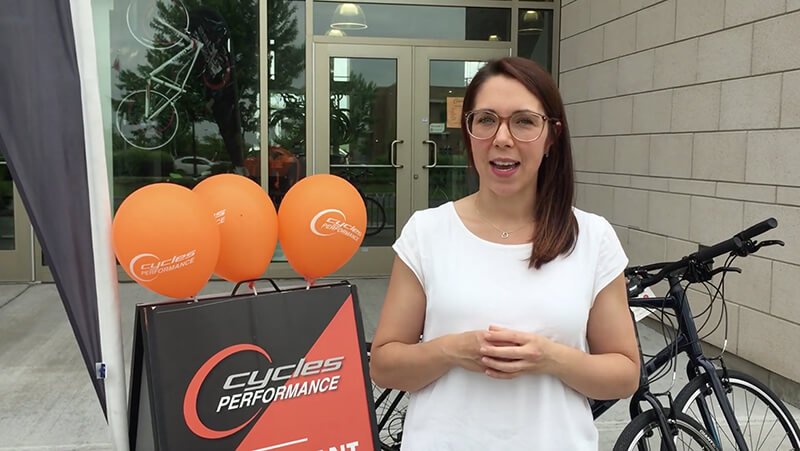We all know how powerful video marketing can be when it comes to building a brand. Video traffic is expected to account for 82% of all internet traffic by 2022. This increase coincides with the rise of video production and distribution across all industries.
With that in mind, it's important to remember that the value of video marketing to brands is as old as video itself. The difference is that there are more and more opportunities to publish them and reach consumers via social media.
Here's the challenge: in today's over-saturated world, with more social media users than ever before, salespeople only have two seconds to grab the attention of potential customers. This should make your life easier, but it's the opposite!
That's why it's so important to create compelling content in video marketing. That's the ultimate goal: to move from a product or service seller to a brand builder. All companies that want long-term success should determine how to make this transition.




